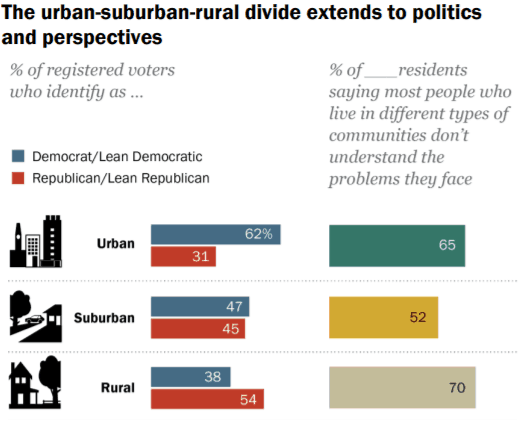Dropping Knowledge
Several new educational studies were released in the last two weeks. Here are a few takeaways from three studies.
Heat and learning loss
A new working paper from the National Bureau of Economic Research finds a concerning relationship between heat and learning loss. Led by Harvard University economist Joshua Goodman, the researchers analyzed PSAT data and found:
- Hotter school days in the year prior to taking the test reduce learning, causing students to perform worse on the tests.
- Without air conditioning, each 1 degree F increase in school year temperature reduces the amount learned that year by 1 percent.
- The impact of heat on learning is 3 times as large for black and Hispanic students than for white students.
The good news is that air conditioning almost completely offsets these effects, suggesting that investing in air conditioning infrastructure will increase learning for students, especially black and Hispanic students.
Gaps in summer experiences by socioeconomic status
The National Center for Education Statistics released a brief examining student experiences in the summer after kindergarten. The report finds large disparities in summer experiences between students from different socioeconomic statuses (SES), which may contribute to widening achievement gaps. Specifically:
- 76 percent of all children played outside every day and there were no significant gaps by SES status
- 38 percent of nonpoor children attended a summer day camp compared to 7 percent of poor children
- 63 percent of nonpoor children visited an art gallery, museum, or historical site compared to 32 percent of poor children
- 33 percent of nonpoor children went to a play or concert compared to 15 percent of poor children
Income inequality and parental investments in children
A new report from the American Sociological Review examines the impact of inequality on parental investments in education. The researchers find that in states with higher income inequality, there are wider class gaps in parental financial investments in children. They postulate that higher income inequality leads higher-income parents to pour more money into opportunities for their children as a way of passing on their advantage in a “winner-take-all economy.”

For Your Consideration
Last week, Pew Research Center released a 90-page report titled, What Unites and Divides Urban, Suburban, and Rural Communities. While lengthy, a large portion of the report contains charts and graphics that sum up the main findings, making it easily skimmable. Here are few interesting ones:
What we're reading
‘It’s worse than murder’: how rural America became a hospital desert
Since 2010, 83 rural US hospitals have closed – many in counties with poverty rates higher than average – leaving residents in need stranded. ... Read the rest-
Walmart Chooses Three Colleges Where Its Employees Can Study For $1 a Day
-
The Hidden Costs of Losing Your City's Newspaper
-
Colleges Are No Match for American Poverty
-
Coverage gains among higher-income people suggest the ACA’s individual mandate had big effects on coverage
-
Too broke to own a home? These startups will fund your American Dream
-
No More Sweet Tooth? Scientists Switch Off Pleasure from Food in Brains of Mice






